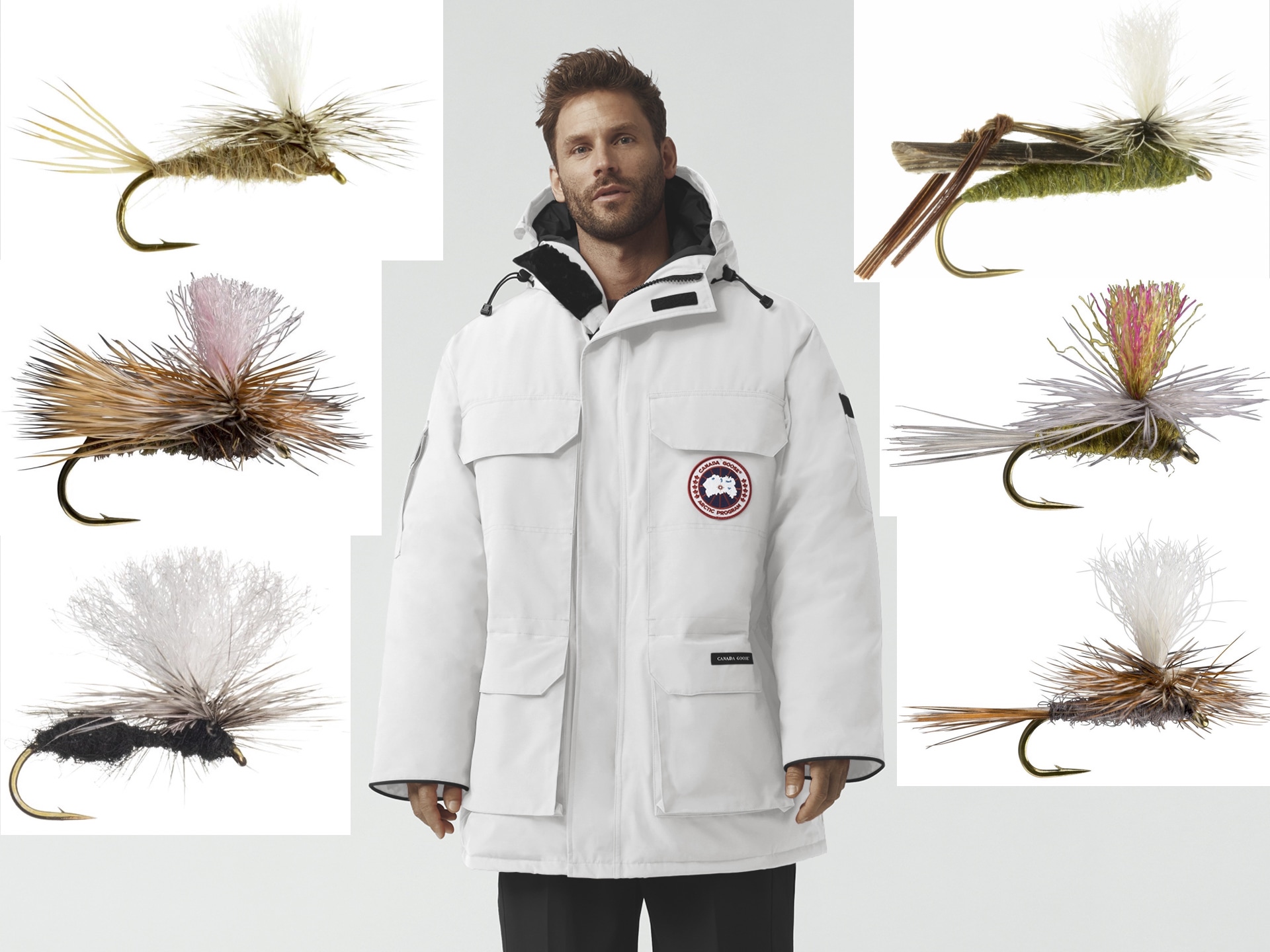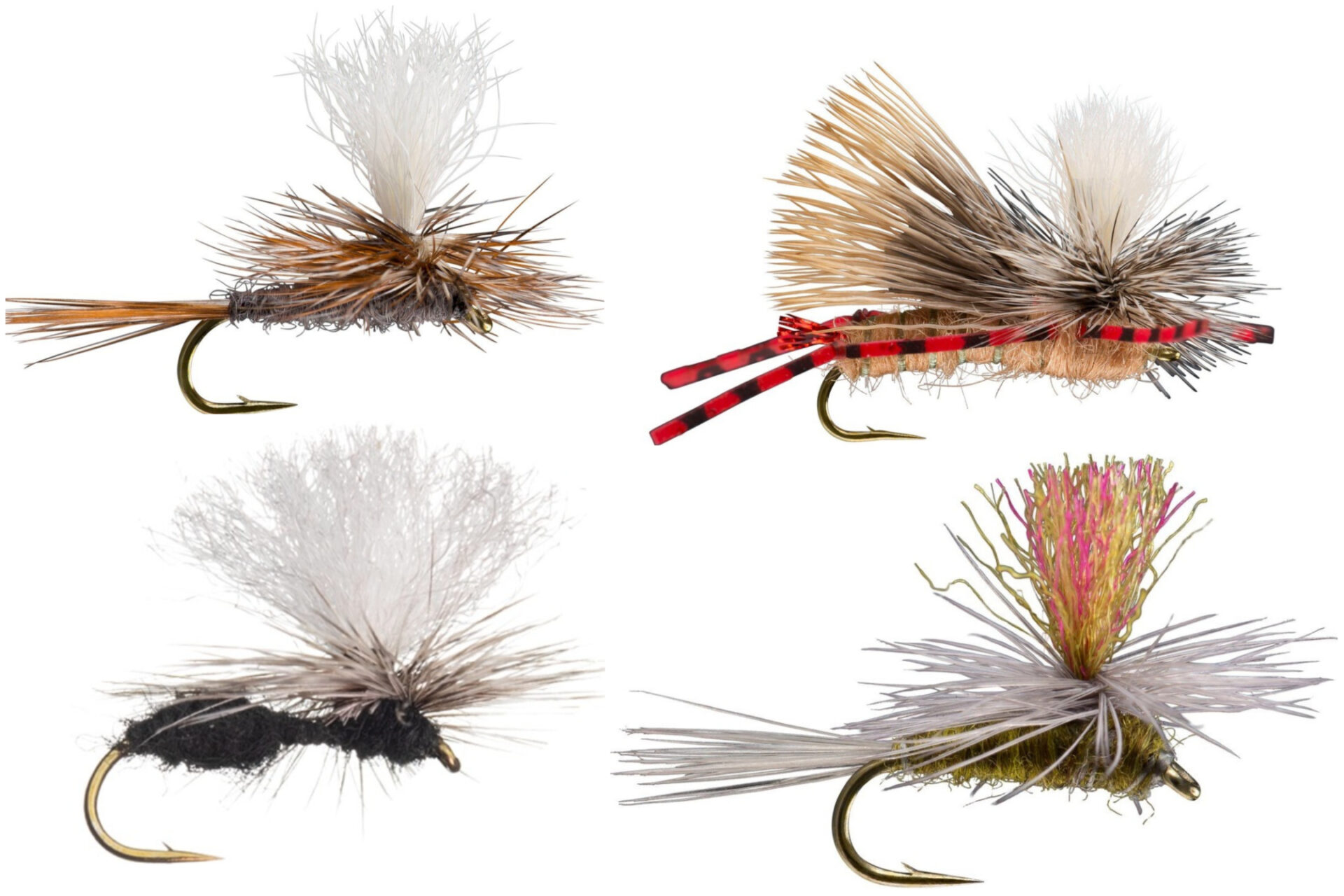DRY REVIVAL
Once ignored, these unconventional dry flies are now a must-have
Advertisement

In the early 1970s, a small Toronto sportswear firm developed an automated way to stuff coats with natural down feathers. The company soon changed its name to Canada Goose, and for three decades quietly produced small numbers of high-quality parkas for people who work outside during our harsh northern winters. Then about 15 years ago, those same parkas suddenly began appearing on the streets of the world’s trendiest fashion districts. Within a few years, they became a virtual uniform among the coolest young urbanites, even in places that rarely see snow.
The Canada Goose example is one of those rare instances where the whims of fashion accidently settle on something practical and highly functional, then elevate it to mass popularity. That’s pretty much the story of parachute flies, which have gone from a novelty item to a must-have in just few short years. Here’s what you need to know about choosing, fishing and tying these unique dry flies…
Advertisement

